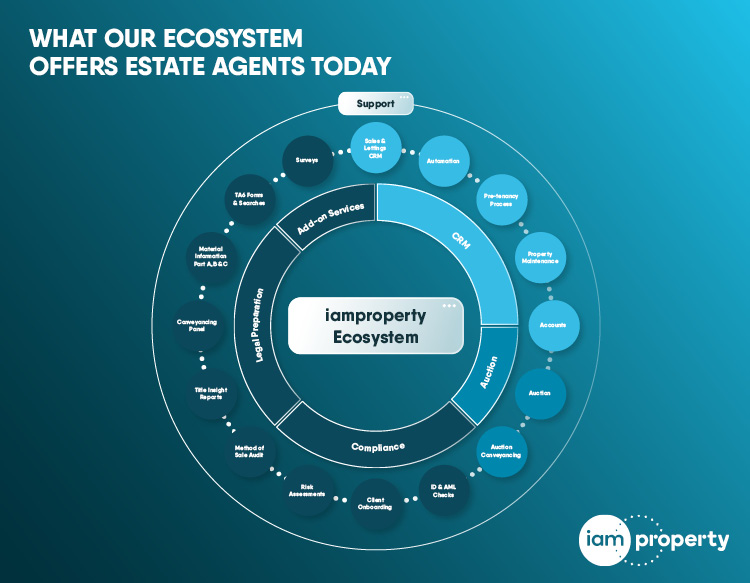
Agents have expressed disappointment at the lack of support for homeowners and landlords to make their homes more energy efficient.
It comes as former energy minister Chris Skidmore published a range of recommendations on delivering more energy efficient homes as part of a Government-commissioned Net Zero Review.
Housing related proposals included legislating for a Future Homes Standard, meaning no new homes will be built with a gas boiler from 2025 and for all homes sold to have an Energy Performance Certificate (EPC) rating of C by 2033.
He also proposed adopting a 10-year mission to make heat pumps a widespread technology in the UK and to legislate for the end of new and replacement gas boilers by 2033 at the latest.
The review suggests reforming EPC ratings to create a clearer, more accessible Net Zero Performance Certificate (NZPC) for households.
Timothy Douglas, head of policy and campaigns at agency trade body Propertymark, backed the idea of more energy efficient homes but added: “We are disappointed that support remains unclear for existing homeowners and landlords in order to meet these standards and cover the large cost in doing so, as for many, this is unachievable without an incentive package.
“We recognise the important part that housing must play in reaching net zero, but continue to urge the UK Government to move away from a one-size fits all policy and develop energy efficiency proposals that work with the different age, condition, and size of properties.
“They must also quickly deliver on publishing responses to consultations on improving home energy performance through lenders and Minimum Energy Efficiency Standards regulations as landlords, agents and homeowners urgently need time to reach the new standards.”



















%20-%20IMAGE%20Client%20Accounting%20%E2%80%93%20what%20are%20your%20options.jpg)


.png)
.png)
.png)
%20(002).png)






%20(002).jpg)













Join the conversation
Jump to latest comment and add your reply
This obsession with net zero is crippling our nation, and despite Propertymark’s best intentions, where do they think “Government support” comes from?
Tax payers, who are already over burdened paying off the debt from Covid.
Not everything needs to be done all at once!
"Government support", really?? Do we seek Government subsidies/grants to install a new kitchen, buy a new bathroom, decorate our home or buy a new TV? Improving both owner-occupier and rental houses and flats is so blindly obvious for the owner or landlord to use using their own resources. Energy prices will be even higher in the Winter 2023/24. There's never been a better time to upgrade the buildings we own. We wouldn't drive around in a 30 year old car but some folk seem okay to own homes with a 30 year old specification!!
I have a 3-bed rental, built in 1959 and it's not Listed. It was an EPC Grade E and my tenant was complaining of high energy bills last winter.
1. I got my domestic EPC assessor to prepare a draft 'as is' EPC and a draft 'predicted' EPC for the house based on the refurb I was planning to do.
2. My handyman installed 100mm of loft insulation between the joists and then an extra 200mm layer of loft insulation at right angles across the joists. This is current Building Regs standard for a new house. Loft insulation is £24 for a big roll at B&Q
3. I had a Google Nest thermostat/timer installed. I ordered this direct from Google and a professional installer fitted it within the price.
4. My plumber installed TRVs on all the rads and showed the tenant how to use them.
5. My electrician fitted a 'kill switch' by the front door wired into the lighting circuits of the Distribution Board. As the tenant leaves the house one push of the button turns off all the lights in the house. Very simple and effective.
6. My handyman changed all non-LED lamps over to Philip LED lamps
7.I had already got my handyman to install solid insulation board between the joists on the ground floor prior to some recarpeting that I did a few years ago. I specified that he used Gapotape along the edges of the PIR board to give a nice snug fit between the joists.
8. Pioneer Insulation fitted external wall insulation around the walls. This was a big investment but the house now looks brand new and it's a unit that I'm holding long-term.
9. I couldn't justify the expense of new windows so I bought 'poor man's' secondary glazing from a small British company called WindowSkin. I used their product before to cover a large sash window in the winter in a draughty office that I use to rent. It's a custom cut piece of totally clear Perspex that clips on the inside of the window frame in winter to cut out 100% of window draughts. Stores under a bed in the summer.
10. Whilst we were at it my handyman installed a Nuaire DriMaster Heat Positive Input Ventilation (PIV) unit up in the ventilated loft with a outlet in the 1st floor landing ceiling. The tenant was moaning about condensation and being unable to dry clothes/towels. This simple fit-and-forget unit has totally solved these problems.
11. My EPC assessor came back after I had completed these works and gave the house an EPC Grade B by one point (score 81)). This certificate stays on the national database for the next 10-years.
My mortgage broker expects to be able to get a better rate for me now that I have a 10-year valid EPC Grade B when I have to refinance next year.
The above project took me about 10 x phone-calls and 2 x site visits to sort out. It really wasn't that onerous and I was surprised how straightforward it was after I’d done the initial research
I'm now close to finishing a similar package of works on my own family home – this will raise it from an EPC Grade E to a Grade C and will start to really reduce my energy bills.
One-size definitely doesn't fit all. I live in an old, cold house with no central heating. We have the money to install a new system, don't want to go with a gas boiler, but other options seem impractical for the property. Standard options are often aimed at more modern builds, but over half of UK homes were built before 1965 and 20% before 1919. These are more often the properties with the lower EPC ratings currently and there desperately needs to be practical solutions to improve their energy efficiency.
So what happens to the "doer uppers" often occupied for many years with antiquated fittings and often no insulation or decent heating? Is Gov expecting beneficiaries to spend money to get EPC to a C before selling? What about the developers and little builders that buy such properties, often any works to improve will just be ripped out in the renovation, what a waste of time and money!
Unless all the lunatics are let out of the asylum in 2028 or 2032 and win the GE, there are a few reasons this won't and can't be implemented. Telling the 60% of homeowners who arent A-C will crash the market in seconds on a nuclear scale, and the blue sky thinking that they will get to C+ in 9 years is a pipe dream, when it will be at least £500 billion to do the work to get there, Im sure very few lenders will tolerate such a ban either. Perhaps the supposed halving of the PRS in 2026 might be a good test case as how not to encourage property owners to embace MEES.
Before we go down this path, we need a complete overhaul of the EPC regulations as to what constitutes energy efficiency in 2023 as they are years out of date. Followed by some unformity of the interpretation and application of those regs even if that means an EPC doubles in price so they are carried out to a required standard. Millions of EPCs arent worth the paper they are written on , carried out by poorly trained or busy assessors trying to squeeze as many £50 jobs into a day as they can, who write "assumed" in most of the catergories, or who have widely different views as to what works are required.
Please login to comment